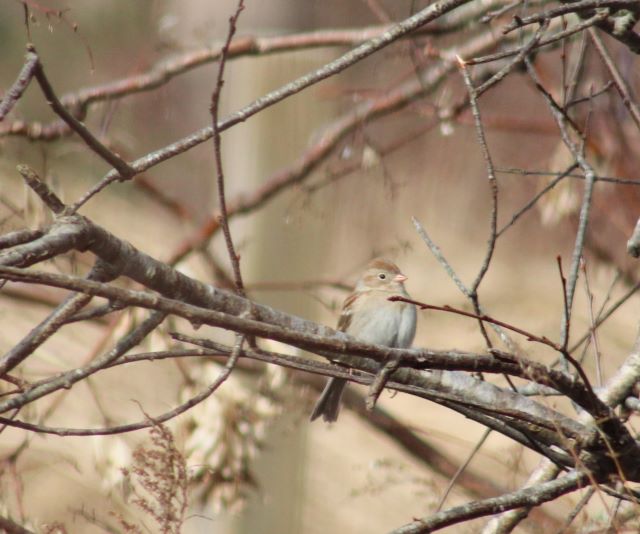
Each year, the Cornell Lab of Ornithology partners with the National Audubon Society to conduct one of the largest events in citizen science: the Great Backyard Bird Count.
People from all over the world spend the weekend observing, photographing, and listing bird species they’ve seen on a walk, on the road, or in their backyard. Researchers combine this massive amount of data, and take a snapshot of the health and diversity of avian species across the globe–starting in your own backyard.
This year’s Great Backyard Bird Count (GBBC) is happening now: February 16-19th.
Observe, record, Submit
Participation in the GBBC is easy–just observe, record, and submit your bird list. If you are a beginner birder and use the Merlin app (which allows you to identify birds by sound!) you can connect to the bird count through that app. You can also send your observations to Cornell through their free eBird website. 1
Participate the Old Fashioned Way
You can download and fill out a paper checklist or find one at our Westport Woods kiosk and leave it for us to submit! The list provided is not as extensive as those you will find in a Peterson’s Guide or online; please add birds if necessary.

Here are five common birds you might find in our backyard:
- Black-capped Chickadee (Poecile atricapillus)
- Northern Cardinal (Cardinalis cardinalis)
- Carolina Wren (Thryothorus ludovicianus)
- White-throated Sparrow (Zonotrichia albicollis)
- Turkey Vulture (Cathartes aura)

Many of WLCT’s properties are good birding sites: Dunham’s Brook and Herb Hadfield Conservation Areas’ habitats, with their meadows, water resources, and varied tree cover make for great bird sightings. While you can observe and report birds from any location, observations recorded at Westport Woods add to our eBird designation as a Hotspot. The higher the species count, the greater the visibility as a spot for birding.

A New Way to Bird
Westport Land Conservation Trust is also taking part in the bird count in a novel way. Using the Netvue Birdfy “smart feeder” which is posted near the Learning Center, we’ll begin remotely observing what kind of feathered friends call Westport Woods home. The feeder will allow us to share bird visitors with the community. We’ll be posting some close-up pictures of our avian visitors to social media, so stay tuned.
Whether you choose to watch the chickadees at your feeder, scan the skies for raptors, or take a walk at Westport Woods, we hope you’ll take part in this great community effort!
- Cornell’s eBird website is a great resource for learning how to identify birds by sight and sound. Their library of audio, photos, and video are all sourced from citizen scientists like you, vetted by scientists, and builds a knowledge base that we can all learn from. By submitting observations to eBird, you become a contributor to that community knowledge base. ↩︎


